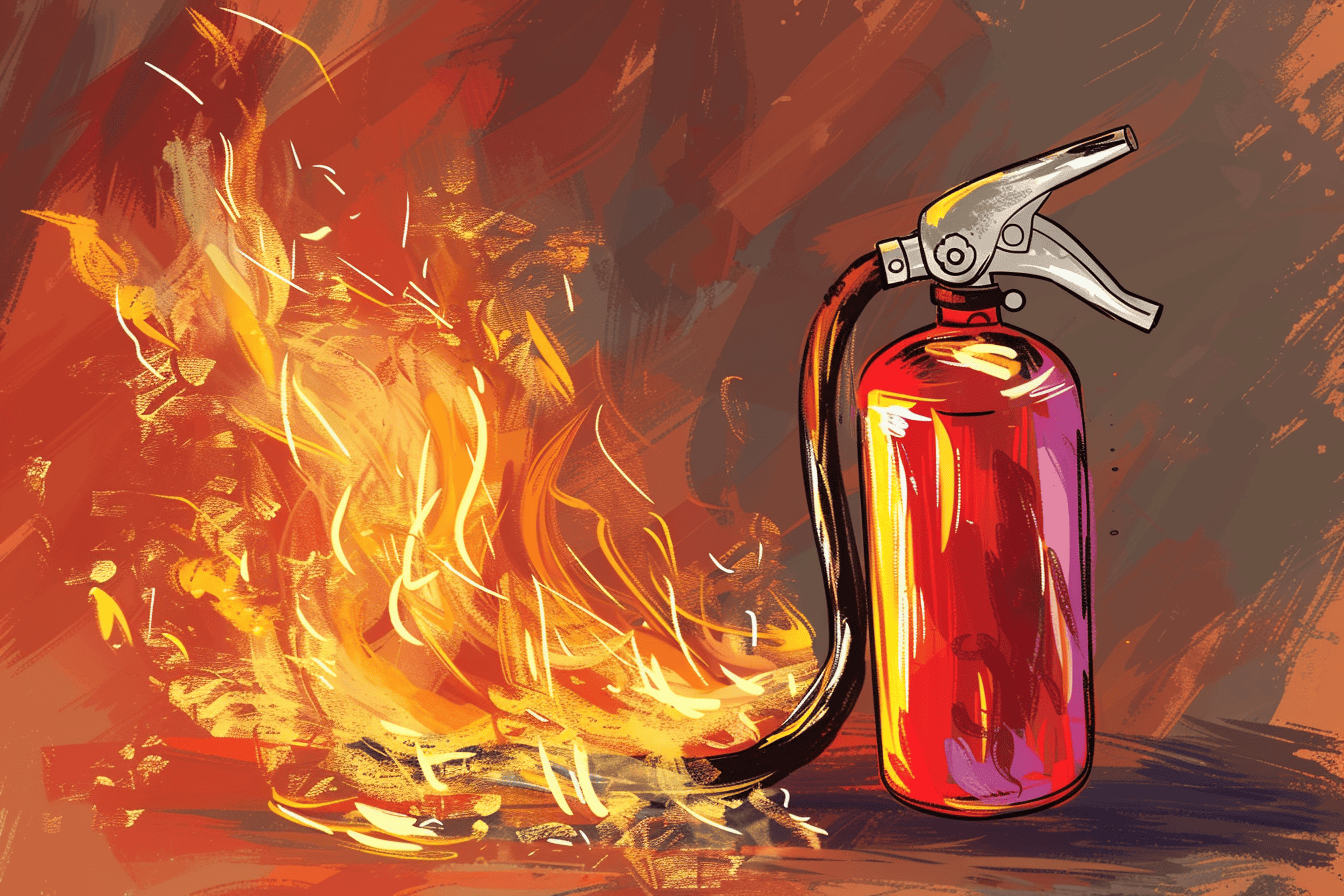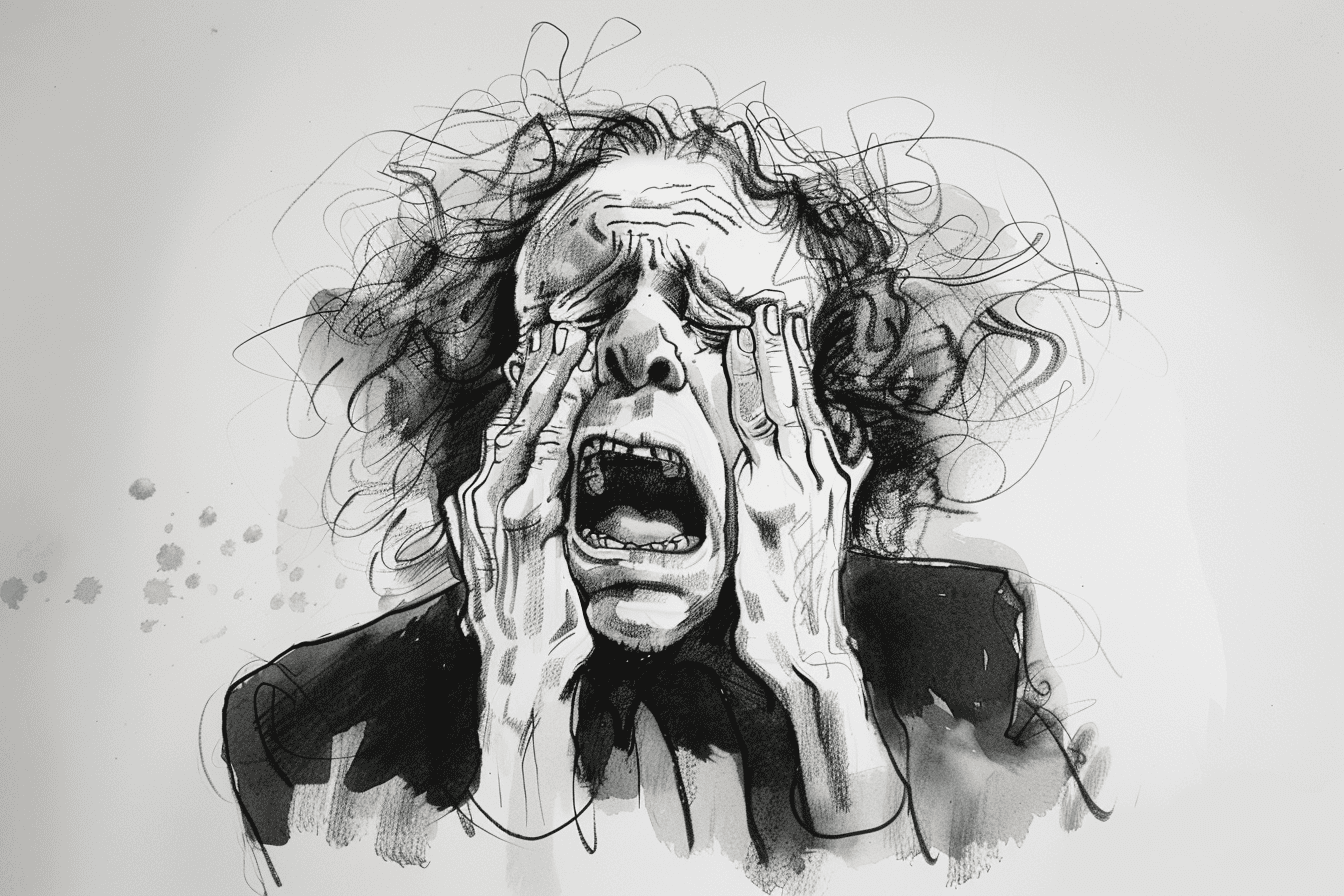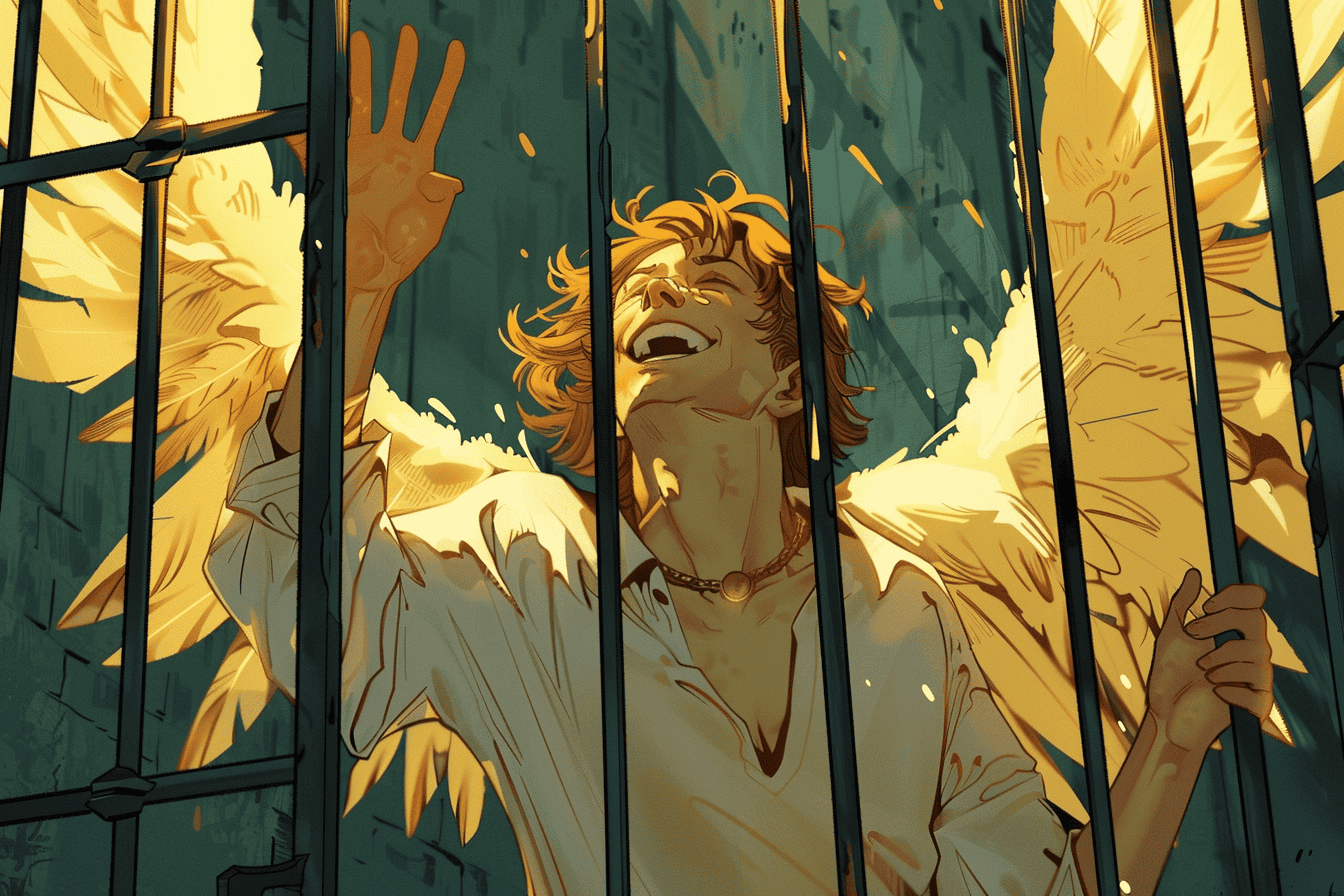Irony, a literary device that delights and perplexes, often defies our expectations. It’s the unexpected twist, the hidden meaning, the double take. From the subtle smirk to the dramatic revelation, irony adds depth and complexity to our stories.
Ready to meet all three types of irony used in writing and film? From this guide, you’ll learn:
- What is irony?
- Three main irony types and how to effectively use each of them.
- Some famous examples of irony in literature and film.
- What mistakes to avoid when choosing this literary device.
What Is Irony?
Irony is a literary device that plays with the unexpected. At its core, it’s a discrepancy between what is expected and what actually happens. This contrast can be subtle or stark, but it always serves to provoke thought and emotion. Which is why we love using irony in all its forms.
Irony keeps readers on their toes, making them actively participate in the narrative. By setting up expectations and then subverting them, it creates a sense of suspense and anticipation.
Many writers like that it can be used to convey complex ideas and themes in a subtle and nuanced way.
Authors often use irony to critique societal norms or behaviors, highlighting hypocrisy or moral failings in a subtle yet impactful way.

Breaking Down the Three Types of Irony
So, what are the types of irony in literature?
Verbal Irony
This occurs when a speaker says one thing but means another, often the opposite. Sarcasm is a common form of verbal irony.
For example, when someone says, “What a beautiful day!” during a storm, they are using verbal irony to convey the opposite sentiment.
- Subtlety is Key: Often, the most effective verbal irony is understated. A simple, ironic remark can be more powerful than a blatant contradiction.
- Context Matters: Ensure that the audience can recognize the irony. Consider the social and cultural context of your writing.
- Tone and Delivery: The tone of your writing and the way your characters deliver ironic lines can significantly impact the reader’s perception of irony. For instance, a flat, emotionless tone can make ironic statements even more impactful.
Dramatic Irony
In this type, the audience knows more about a situation than the characters, creating tension and anticipation.
A classic example is in Shakespeare’s Romeo and Juliet, where the audience knows Juliet is alive while Romeo believes she is dead, leading to tragic consequences.
- The Informed Reader: Use dramatic irony to create a sense of tension and suspense. The audience’s knowledge can heighten the emotional impact of a scene.
- The Tragic Hero: A classic use of dramatic irony involves the tragic hero who is unaware of their impending doom.

Situational Irony
This occurs when there is a stark difference between what is expected to happen and what actually occurs.
A well-known example is found in O. Henry’s The Gift of the Magi, where a couple sacrifices their most prized possessions to buy gifts for each other, only to find that their gifts are now useless.
- Plant the Seeds: Subtle foreshadowing can enhance the impact of situational irony. Hint at potential outcomes without giving too much away.
- The Perfect Timing: The timing of the ironic twist is crucial. A well-placed ironic moment can be a game-changer.
- Embrace the Absurd: Sometimes, the most effective situational irony comes from the absurd or the illogical.
Why Use Irony in Storytelling
What’s so special about the irony?
Engaging Readers
Irony captures readers’ attention by presenting situations that defy their expectations. This engagement prompts readers to think critically about the narrative and its underlying themes, making the story more memorable. And that is precisely what many writers want to achieve with their stories.
Adding Depth and Complexity
It’s also undeniable that irony introduces layers of meaning to a story, allowing for a richer exploration of characters and themes. It can reflect the complexities of human experience, showcasing how life often unfolds unpredictably. This depth can evoke a range of emotions, from humor to sadness, as readers navigate through ironic twists and turns.
Creating Humor and Wit
Verbal irony, where characters say the opposite of what they mean, can inject humor into dialogues. This clever use of language not only entertains but also reveals character traits and social dynamics, enhancing the narrative voice.
Crafting Memorable Twists
In turn, situational irony surprises both characters and readers by presenting outcomes that starkly contrast with what was expected. These twists can lead to powerful emotional impacts, making stories resonate long after they are finished.
Examples of Irony in Literature and Film
Needless to say, irony can be a very tasty sprinkle on the cupcake that is your book. Need more convincing? Let’s look at some of the greatest examples of irony used in films and literature.
- The Cask of Amontillado by Edgar Allan Poe: Fortunato’s line, “I shall not die of a cough,” is ironic because he is led to his death while dismissing the danger of his cough.
- The Gift of the Magi by O. Henry: In this story, a husband and wife each sell their most prized possessions to buy gifts for one another, rendering their gifts useless. The irony lies in their selfless intentions leading to ironic outcomes.
- Fight Club: The audience gradually learns that Tyler Durden is actually an alter ego of the protagonist, creating dramatic irony as viewers understand the truth before the main character does.
- The Lion King: Scar tells Simba he has a surprise “that’s to die for,” which foreshadows Simba’s father’s death rather than something joyous, showcasing verbal irony through dark humor.
How to Use Irony Effectively
Irony, when used judiciously, can take your storytelling to new heights. Here are some actionable tips to help you weave irony into your narratives:
1. Know Your Audience
Understand your target audience’s cultural background and sense of humor. You gotta speak to them in the same cultural key they understand for the irony to translate well. Now, if you’re writing for your native audience, this shouldn’t be a problem – you’ll do that instinctively. But whenever you’re addressing the book to audiences abroad or from different cultures, you need to be aware of those differences.
Also, tailor the level of irony to your readers’ age and maturity. Subtlety might work better for a mature audience, while a more overt approach might be suitable for younger readers.

2. Balance Subtlety and Clarity
Aim for a balance between subtlety and clarity. Irony that is too subtle may be missed by the reader, while irony that is too obvious can feel heavy-handed. The key is to find the sweet spot where the irony is noticeable but not overbearing.
The best approach is to let the situation speak for itself. A well-crafted scene can convey irony more effectively than a direct explanation. For example, instead of telling the reader that a character is being ironic, show them saying something sarcastic or contradictory.
3. Use Irony to Reveal Themes and Develop Characters
Irony can be used to challenge readers’ assumptions and preconceived notions. This can be particularly effective in creating complex and multi-dimensional characters.
For example, a character who is initially portrayed as a villain may turn out to be the hero of the story, or a seemingly simple plot may take unexpected turns that challenge the reader’s assumptions about the genre or the author’s intentions.
Enhance Your Writing with Voxtury’s Rich Text Editor
Irony can often be found in the unexpected twists and turns of language. Whether you’re a writer, a student, or a content creator, precise language is essential. Voxtury’s Online Rich Text Editor is a powerful tool that can help you craft your words with care. Its features, including advanced text formatting and a unique duplicate word finder, can help you refine your writing and ensure it’s free of unintended irony. Try Voxtury today and experience the power of precise language.
Common Mistakes to Avoid
Let’s briefly go over some common mistakes to steer clear of as a beginner writer when it comes to using irony!
Overusing Irony:
- Dilutions the Impact: Too much irony can diminish its power.
- Confuses the Reader: Excessive use can create confusion and undermine the narrative’s clarity.
Making Irony Too Obvious or Too Subtle:
- Obvious Irony: Overly obvious irony can feel heavy-handed and predictable.
- Subtle Irony: If the irony is too subtle, readers might miss the intended meaning.
Using Irony Out of Context:
- Tone Mismatch: Irony should align with the overall tone of the story.
- Forced Irony: Avoid using irony simply for the sake of it. It should serve a purpose in the narrative.
Failing to Resolve Dramatic Irony:
- Unsatisfying Conclusion: Dramatic irony can build tension, but it needs a satisfying resolution.
- Frustration for the Reader: If the dramatic irony is not resolved, readers may feel cheated or frustrated.
Remember
Irony is a powerful literary device, but it should be used only when it makes sense. By understanding these common pitfalls, you can effectively employ irony to enhance your storytelling.
When to Use Irony
And since we’re talking of when to use irony… Here are the ideal contexts for using verbal, situational, and dramatic irony.
Verbal Irony
Verbal irony is particularly effective in comedic settings where characters use sarcasm or dry humor. This can lighten the mood and create memorable exchanges.
It can also be used to reveal character traits or social dynamics, showcasing intelligence, wit, or cynicism.
- Comedy: Verbal irony thrives in comedic genres where humor is key.
- Satire: It’s also effective in satire, where the intention is to critique societal norms through exaggerated irony.
Situational Irony
Situational irony is perfect for creating unexpected plot twists that surprise the audience and challenge their assumptions.
- Drama: Situational irony works well in dramatic narratives where emotional stakes are high.
- Thriller/Mystery: It enhances suspense by leading characters (and readers) down misleading paths.
Dramatic Irony
Dramatic irony is ideal for building suspense as the audience knows more than the characters. This creates tension and anticipation about how characters will react when they learn the truth. It can also amplify emotional impact during critical moments of revelation or tragedy.
- Tragedy: Dramatic irony is prevalent in tragedies where fate and miscommunication lead to devastating outcomes.
- Thriller/Suspense: It enhances tension and keeps audiences engaged as they await inevitable confrontations.

Note
Irony is a shapeshifter that works fantastically in a whole range of genres, from comedy to drama. The effectiveness of this device depends on your skill and concept, but you’re not limited to one particular type of story or even tone and style.
Conclusion
As we’ve explored, irony is a versatile tool that can enhance storytelling, spark thought, and evoke emotion. Whether it’s the subtle irony of a character’s words or the dramatic irony of a tragic plot twist, this literary device continues to captivate and inspire.
Hopefully, we inspired you to reach for your pen or computer and create the next literary masterpiece – and we meant that unironically.
Be sure to check out our writing tips to sharpen your writing and find your voice!